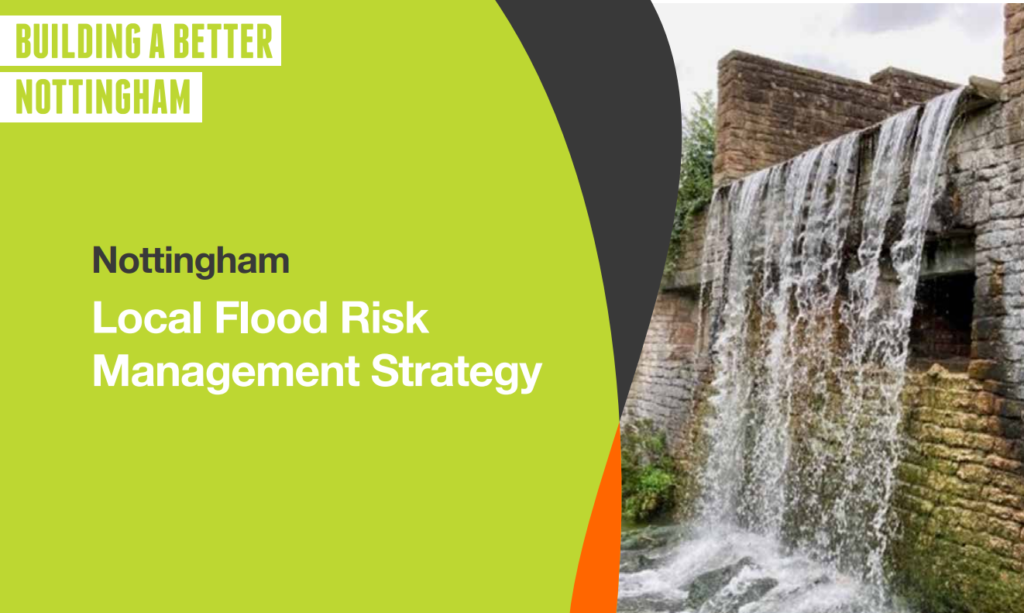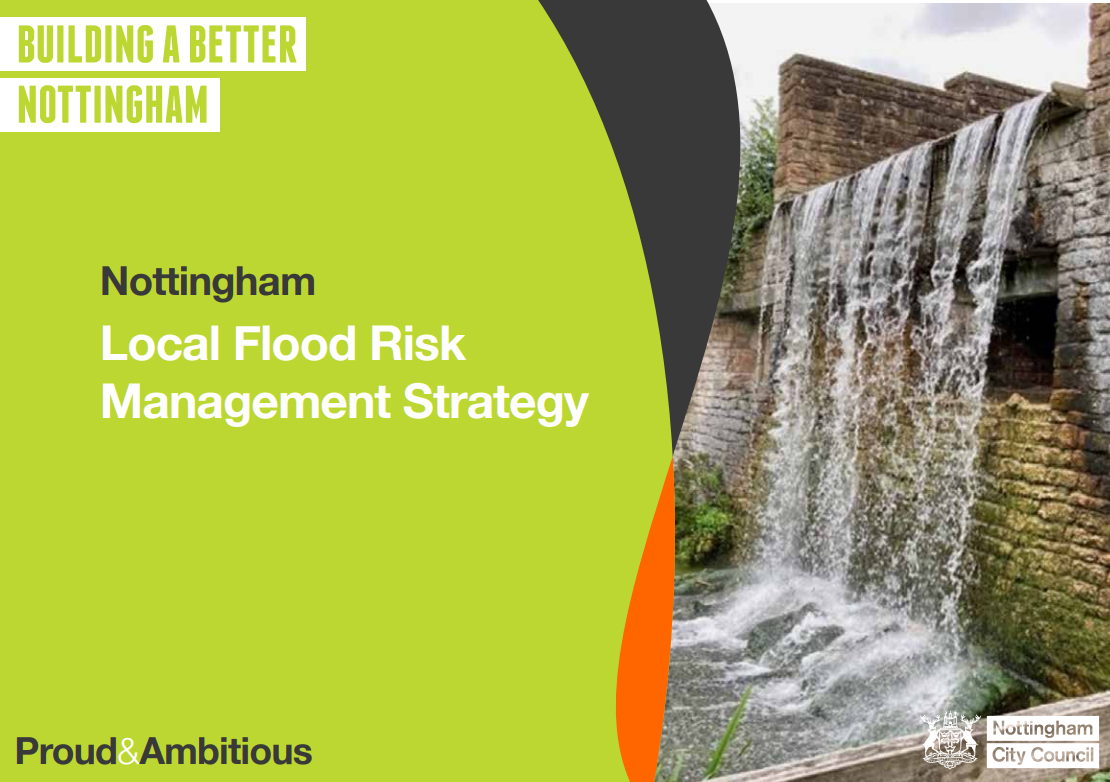The plan sets out how the city plans to manage flood risk in the future
Nottingham City Council has published its updated Local Flood Risk Management Strategy, setting out a long-term framework for how flood risk will be managed across the city.
Developed in collaboration with key partners including the Environment Agency and neighbouring councils, the strategy outlines a proactive and sustainable approach to reducing the likelihood and impact of flooding, while supporting the city’s growth and climate resilience.
The plan, which can be found online, is published during the Environment Agency’s Flood Action Week 13-17 October.

Flooding can affect homes, businesses, transport, and the environment. The new strategy identifies the areas of the city most vulnerable to flooding and sets out actions to help reduce risk, improve coordination between agencies, and promote sustainable development. By focusing on prevention, protection, resilience, and recovery, the strategy aims to create a city better prepared for future challenges, with benefits that will be felt across Nottingham’s communities.
The strategy outlines how coordinated efforts across multiple organisations can help reduce the frequency and severity of flooding incidents in Nottingham. It promotes sustainable development practices that consider flood risk from the outset, helping to ensure new developments are designed with resilience in mind.
By identifying the city’s most vulnerable areas and prioritising investment in flood mitigation measures, the strategy supports efforts to reduce disruption to daily life, protect infrastructure, and maintain access to essential services. It also encourages knowledge sharing and community engagement, helping residents better understand flood risks and how to prepare for them.
The approach includes working with partners to improve flood monitoring and early warning systems, supporting quicker and more effective responses to flood events. It also highlights the importance of recovery planning, including mental health support and access to funding opportunities following major incidents.
This strategy is a key step in Nottingham’s journey toward becoming a cleaner, greener, and more connected city. It reflects a commitment to long-term resilience and climate adaptation, ensuring that flood risk is managed in a way that benefits all who live and work in the city.
As outlined in the strategy, Nottingham City Council will continue to investigate nature-based solutions to flooding – an approach that can already be seen for example in new planters installed at Sneinton Market, and in the rain garden and swales added during the project to revamp Maid Marian Way’s former roundabout into a T-junction.
Another example is work the Flood Risk Management Team have done with the Green Guardian team and residents to clear, remove weeds and replace plants at rain gardens along Haydn Road in Sherwood. Nottingham City Council supplied planting and ranger support. Over the course of a weekend, planters were filled up with a range of grasses and flowering plants, enhancing the neighbourhood.
The rain gardens work to absorb rainfall and take up some flood water during periods of heavy rain, whilst introducing green space for Sherwood’s residents as well as habitat for wildlife.
Nottingham City Council is planning to run further volunteer sessions, including at other rain garden locations soon. If you are interested in volunteering and helping to look after the newly planted rain gardens, please email parks.volunteering@nottinghamcity.gov.uk or floodriskmanagement@nottinghamcity.gov.uk to get involved.
Councillor Linda Woodings, Executive Member for Regional Development, Growth and Transport at Nottingham City Council, said: “With the increase in named storms and heavier rains – especially on top of drought – it’s more important than ever for people to take steps to prepare for flooding such as signing up to flood warnings from the Environment Agency.”
“I’m pleased that our new Local Flood Risk Management Strategy will help to protect our city’s residents and businesses from flooding incidents, increase resilience and strengthen our work with partners on this important issue.”

